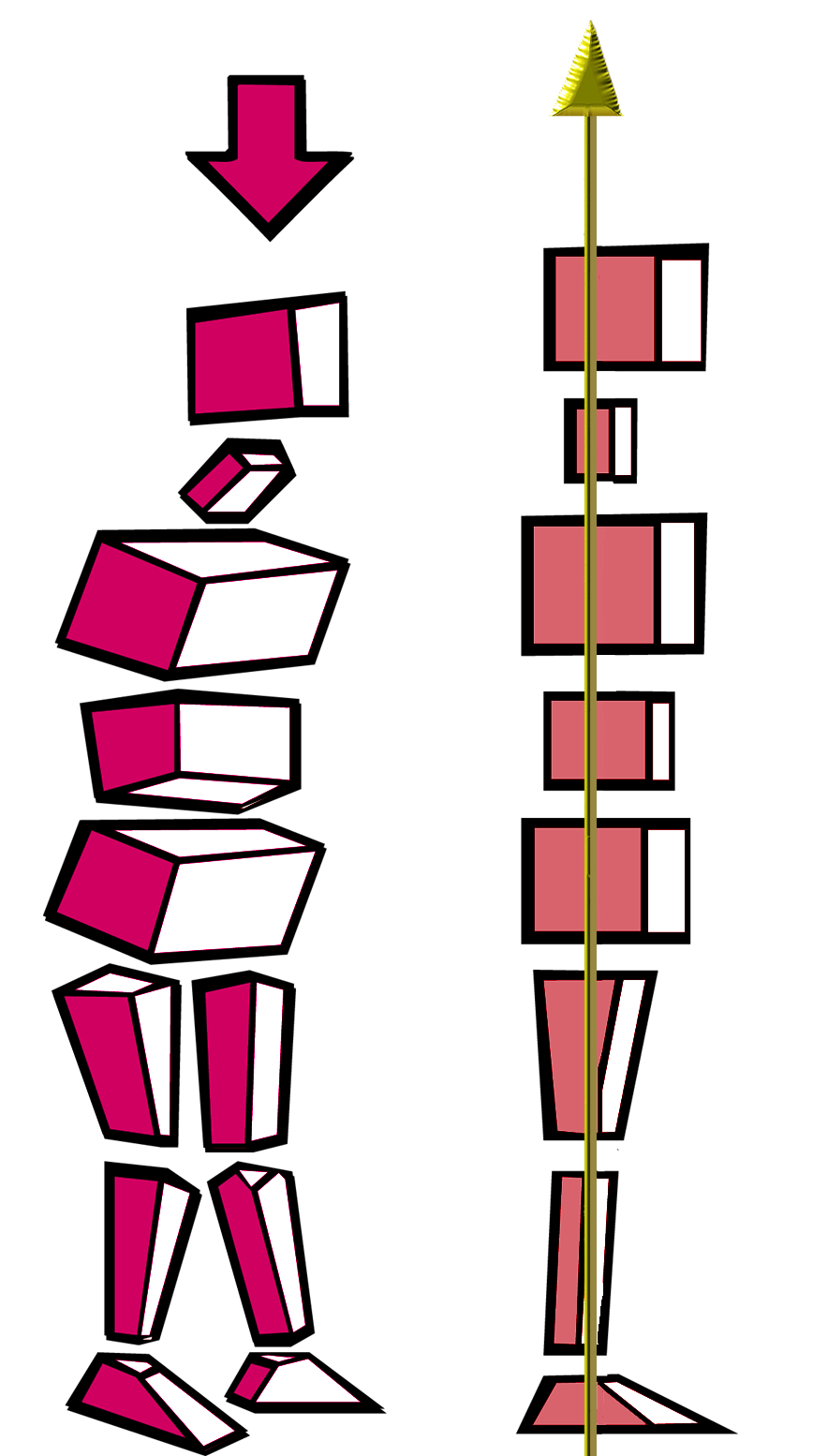Somatic Experiencing (SE™) aims to resolve symptoms of stress, shock, and trauma that accumulate in our bodies and nervous systems. Trauma, from an SE lens, is focused on how it shows up in the nervous system and how that dysregulation impacts life. When we are stuck in patterns of fight, flight, or freeze, SE helps us release, recover, and become more resilient. It is a body-oriented therapeutic model applied in multiple professions and professional settings—psychotherapy, medicine, coaching, teaching, and physical therapy—for healing trauma and other stress disorders from a nervous system lens within a practitioner’s scope of practice. It is based on a multidisciplinary intersection of physiology, psychology, ethology, biology, neuroscience, indigenous healing practices, and medical biophysics and has been clinically applied for more than four decades.
The SE approach releases traumatic shock, which is key to transforming patterns that get stuck and impact people’s daily life. It can be used to support the resolution of PTSD and developmental attachment trauma. It offers a framework to assess where a person is “stuck” in the fight, flight or freeze responses and provides clinical tools to resolve these fixated physiological states.
THE SCIENCE
Trauma may begin as acute stress from a perceived life-threat or as the end product of cumulative stress. Both types of stress can impair, sometimes seriously, a person’s ability to function with resilience and ease. Trauma may result from a wide variety of stressors such as accidents, invasive medical procedures, sexual or physical assault, emotional abuse, neglect, war, natural disasters, loss, birth trauma, epigenetics, systems, or the corrosive stressors of ongoing fear and conflict.
HOW IT WORKS
The Somatic Experiencing approach facilitates the completion of self- protective motor responses and the release of thwarted survival energy bound in the body, thus addressing the root cause of trauma symptoms. This is approached by gently guiding clients to develop increasing tolerance for difficult bodily sensations and suppressed emotions and working to complete defensive responses previously thwarted from bringing resolution to the nervous system and, therefore, to the individual.
Dr. Levine was inspired to study stress on the animal nervous system when he realized that animals are constantly under threat of death yet show no symptoms of trauma stuck in their systems. What he discovered was that trauma has to do with the third survival response to a perceived life threat, which is freeze. When fight and flight are not options, we freeze and immobilize, like “playing dead.” This makes us less of a target. However, this reaction is designed to be time-sensitive, in other words, it needs to run its course, and the massive energy that was prepared for fight or flight gets discharged, through shakes and trembling. If the immobility phase isn’t complete, that charge stays trapped, and, from the body’s perspective, it is still under threat. The Somatic Experiencing method works to release this stored energy and turn off this threat alarm that causes dysregulation and dissociation. SE helps people understand this body response to trauma and work through a “body first” approach to healing. Within their scope of practice, SE Practitioners work with these responses in a way that supports their ongoing work with clients.
